A product has been added to the basket
Express Yourself: 7 Nib Styles for Added Flair

Express Yourself: 7 Nib Styles for Added Flair
The precision and consistency achieved with fountain pens is what draws so many of us to using them in the first place. After countless experiences with ubiquitous ballpoints and rollerballs, the tactile pleasure of a fountain nib can be a game changer. But did you know that there are a whole array of other nib options out there for fountain pen users, each with its own distinct feel and purpose?
The standard fountain pen nib that we all know and love has a rounded end that produces a consistent line width no matter which direction you move it, or angle you hold it. However, there may be circumstances when you want something that produces variation between your down and cross strokes. These nibs can help if your handwriting is a little unruly, or simply add a little bit of extra flavour or pizzaz.
Today we’re going to do a quick run-down of some of the more expressive fountain pen nibs out there.
Stub
|
Rather than a narrow rounded point, stub nibs have a short flattened tip with rounded edges. These produce broad lines on the down stroke and narrow lines on cross strokes, producing letters in a more calligraphic style. It might take a little bit of getting used to, but shouldn't require any specialist skills or knowledge, and can write clearly at any angle. These nibs come in a few sizes, most commonly 1.1mm, 1.5mm and 1.9mm. For everyday use, we'd recommend a 1.1mm nib - larger nibs produce more variance between strokes, but require a little bit more care when writing. Our favourites:
|
|
Cursive/Italic
|
Much like stub nibs, cursive nibs have a broad flat tip, but with straight rather than rounded edges for an even crisper line. These nibs produce more line variance than stub nibs, but must be handled with care as they are much more sensitive to the writing angle - the wrong angle can be scratchy, stiff, or even tear the paper you're writing on. Our favourites:
|
|
Oblique
|
These nibs are perhaps an acquired taste, but for the right person are a dream to write with. They have a broad tip with rounded edges, but cut at an angle - usually 15° - to match the writing angle of the user. Often these nibs are found on older or vintage pens, but produce beautifully clean strokes with great line variation. Our favourites:
|
|
Reverse oblique
|
Lefties of the world, you have not been forgotten! A reverse oblique nib is exactly what it sounds like - an oblique nib cut the opposite way to suit those who write southpaw. Our favourites:
|
|
Music nib
|
A standard fountain pen is split down the middle into two points, or 'tines'. Music nibs, by contrast, usually have three tines. This provides additional ink flow and produces broad cross strokes and fine down strokes - perfect for quickly writing note heads with neat stems. Some brands, like Sailor, have managed to achieve this variance with only two tines so don't be scared if it doesn't have 3. Be aware that the extra ink means these nibs write wetter than others, so make sure you use good quality fountain pen paper and allow for extra drying time. Our favourites:
|
|
Flex nib
|
Flex nibs require practice to get the desired outcome, but are a lot of fun to work with once you get the hang of it. Varying the pressure applied to the page will determine the width of your lines, allowing for maximum line variation and control. The nib is soft and uses a lot of ink. If you've a steady hand and an eye for detail then a flex nib could be the nib for you! Our favourites:
|
|
|
Zoom nib
|
As an alternative to a flex nib, these nibs create line variation depending on angle rather than pressure. Lower angles produce broader lines, while higher angles give thinner lines. Again, a little practice is needed, but the level of control these nibs provide is unparalleled. Our favourites:
|
|
|
There is so much joy to be found in the endless variety available with fountain pens, both in the writing experience and in the results on the page. Whatever your needs, however you write, there are many different nibs out there that can help you achieve this. Whether you're a seasoned calligrapher or a scruffy newbie, an orchestral composer or a letter writer, experimenting with different nib styles is a great way to discover something new with the art of handwriting.
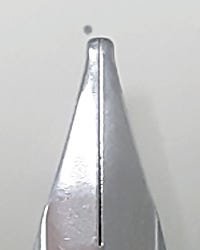
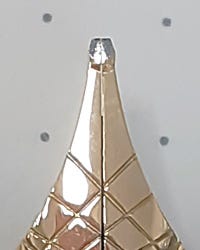
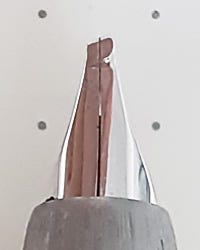


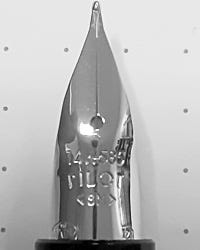

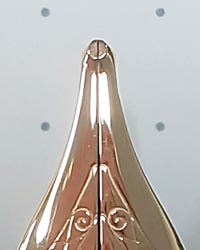
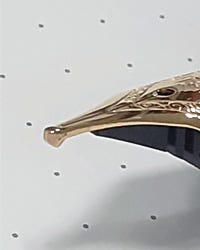





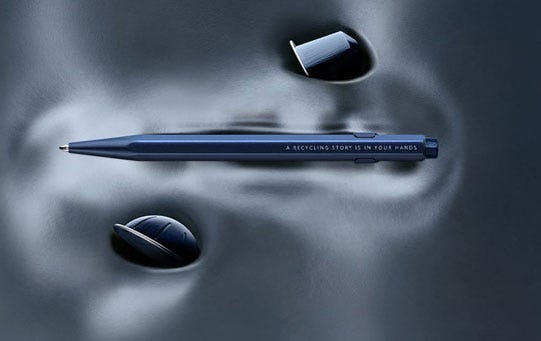
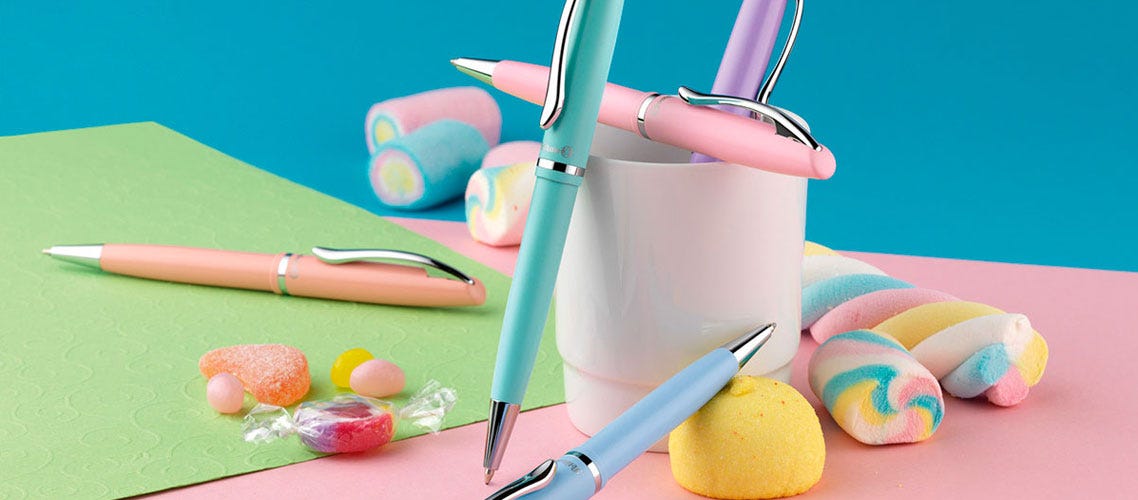
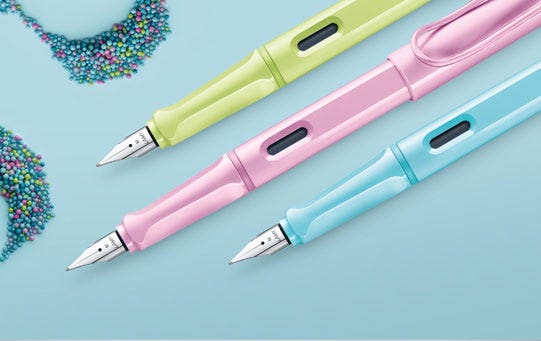
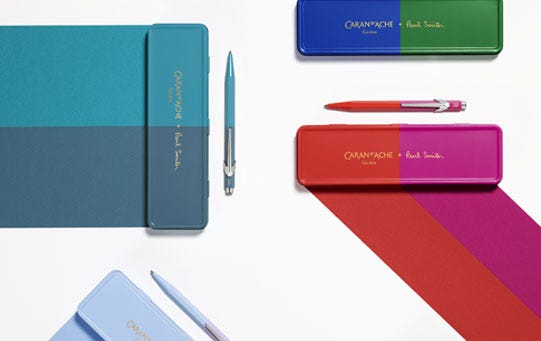

Comments